Practical tips on how to stay safe around these hanging hazards
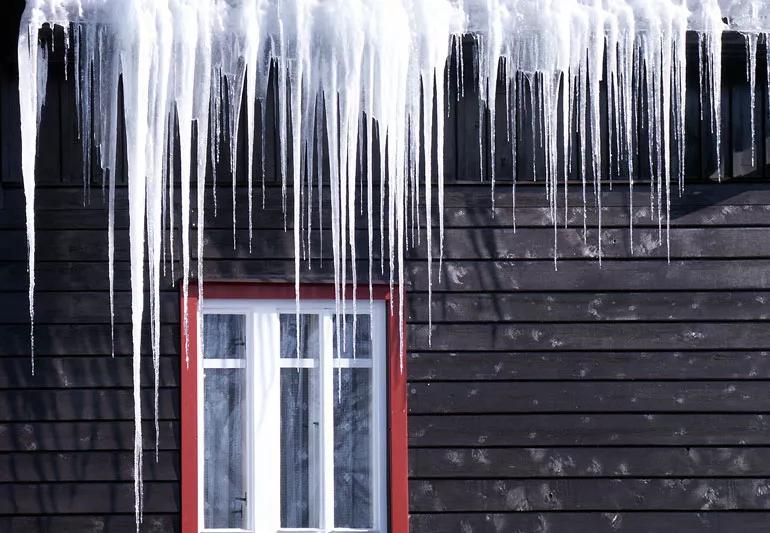
As if the snow and cold aren’t enough to deal with in the winter, another danger often hangs over our heads: the large icicles that form on many homes and buildings.
Advertisement
Cleveland Clinic is a non-profit academic medical center. Advertising on our site helps support our mission. We do not endorse non-Cleveland Clinic products or services. Policy
When temperatures thaw or fluctuate widely, these frozen sculptures start crashing down to the ground below and can cause injuries this time of the year, says emergency medicine physician Tom Waters, MD.
“The biggest concern when you get hit by an icicle, of course, is you could get cut and start to bleed, or in the case of being hit on the head, you could end up with a concussion or other type of head injury,” Dr. Waters says.
Dr. Waters says if an icicle hits you in the head, you may see an alarming amount of blood at first. That’s because the scalp contains a lot of blood vessels. But it’s important to remain calm and get the bleeding under control with direct pressure.
To treat a minor cut to the head, wash your hands with soap or antibacterial cleanser. Then gently wash the cut with mild soap and water. Use direct pressure to stop the bleeding, and then apply an antibacterial ointment and a clean bandage that won’t stick to the wound.
If you’re hit in the head by a large piece of falling ice and don’t bleed, you still may be injured. If you develop a headache or feel nauseous or vomit, Dr. Waters says you may have a concussion or an even more serious head injury and should seek medical attention immediately.
Advertisement
Icicles are rarely sharp enough to penetrate your skin or impale you, but they can cause bad bruises and even broken bones.
Dr. Waters says to resist the urge to knock down icicles while standing on a ladder or by climbing on the roof. Winter weather makes these types of activities extremely unsafe because of the risk of falling.
Consider calling in experienced professionals to remove ice buildup or icicles that are extraordinarily large.
“Ladders are extremely dangerous because the ground is slippery and creates unstable conditions,” Dr. Waters says. “There can be snow and ice buildup on the rungs and on the bottoms of your shoes. Often you just don’t know what’s on the ledge that you’re leaning the ladder against. There could be icicles, or ice, the ledge could break, or the ladder could slip or move.”
Dr. Waters says if you do get hurt by falling ice and you’re unsure how severely you may be injured, err on the side of caution and go to the emergency room.
Advertisement
Learn more about our editorial process.
Advertisement

Used correctly, a humidifier can help with nose bleeds, allergies, dry skin, sleep quality and more
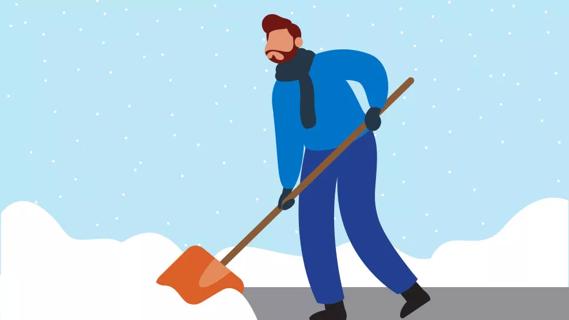
Stretch before heading outside, keep proper form and avoid jerking or twisting to throw snow
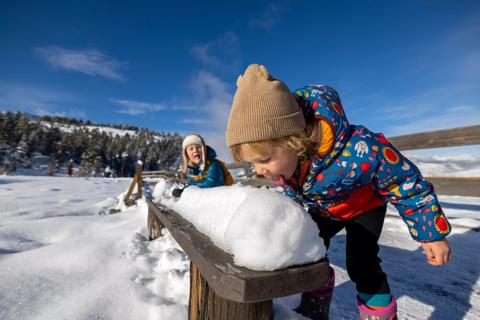
If the flakes are undisturbed, pristine white and come from the top layer, it’s typically safe to indulge in a scoop

Bottom line? Dress warm, be careful and plan ahead to get the most out of the season

Sneak in exercise when you can, pack your own lunch and make time for mental health
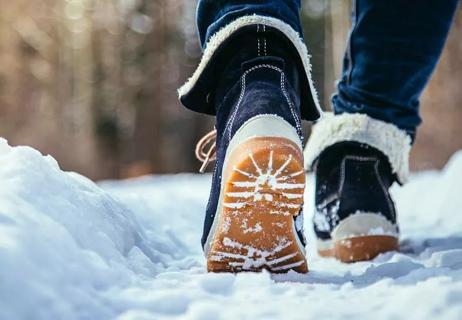
Taking slow, short steps and wearing proper footwear can go a long way in preventing falls
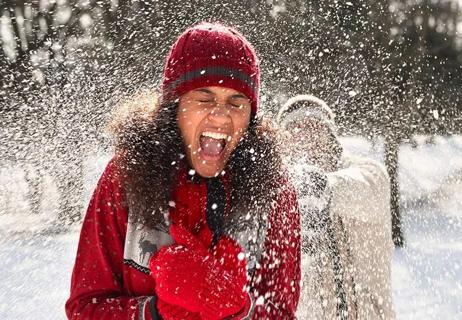
With planning and precautions, you may be able to keep winter health issues at bay
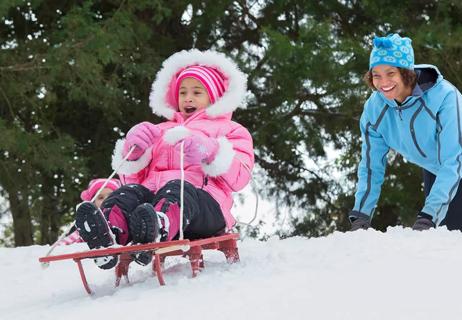
An ER doc shares tips for being careful while having fun

Babies can get congested easily, but you can calm their cough by keeping them hydrated, using nasal drops and running a humidifier

Weight loss may cause loose, sagging skin and muscle loss to your rear

Several conditions, like vitiligo and fungal infection, can cause a loss of pigmentation, leading to white spots or patches on your skin